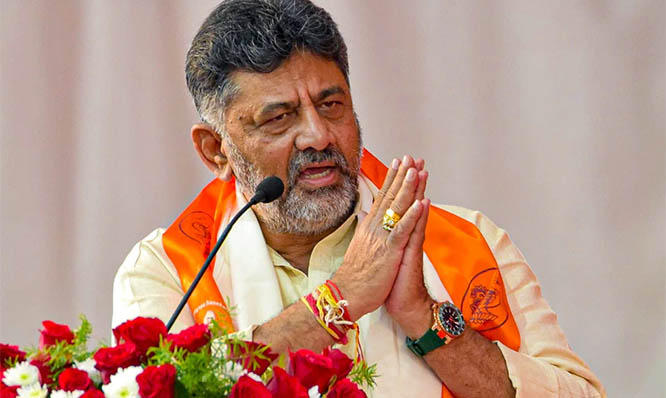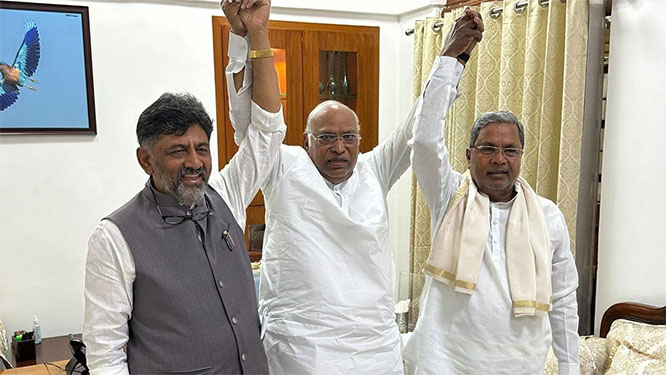London, Feb 6: The UK government has announced plans to double a so-called "health surcharge" paid by long-term visitors and students from countries outside the European Union including India to 400 pounds per year.
The surcharge, introduced in April 2015, will rise from 200 pounds to 400 pounds per year, with the discounted rate for students increasing from 150 pounds to 300 pounds.
The surcharge is paid by all visitors from outside the European Union seeking to live in the UK for six months or more to work, study or join family members.
The UK's Department of Health and Social Care plans to make the increase effective from later this year in order to raise additional funds for the state-funded National Health Service or NHS, which has been struggling with funding issues.
"It is only right that people who come to the UK should contribute to the running of the NHS. The surcharge offers access to health care services that are far more comprehensive and at a much lower cost than many other countries, said UK Immigration Minister Caroline Nokes.
"The income generated goes directly to the NHS services, helping to protect and sustain our world-class healthcare system for everyone who uses it, she said.
According to the department's estimates, the NHS spends 470 pounds on average per person per year on treating surcharge payers. Its projections suggest that the increased charges may provide around an extra 220 million pounds every year, which will be pumped back into NHS services.
"Our NHS is always there when you need it, paid for by British taxpayers. We welcome long-term migrants using the NHS, but it is only right that they make a fair contribution to its long-term sustainability, said UK Health Minister James O'Shaughnessy.
"By increasing the surcharge so that it better reflects the actual costs of using health services, this government is providing an extra 220 million pounds a year to support the NHS," he noted.
The health surcharge is payable by nationals from countries like India if they are seeking to live in the UK for six months or more, or to extend their stay.
The payment is made at the time the immigration application is made and is payable until such time as the person is granted indefinite leave to remain in the UK, or returns to their own country at the end of their visa period.
The surcharge is not related to urgent and emergency care, which is available from the NHS regardless of immigration status.
Migrants with indefinite leave to remain in Britain are exempted from the surcharge, as are asylum seekers, refugees and those who have been identified as victims of trafficking or modern slavery.







Comments
Add new comment